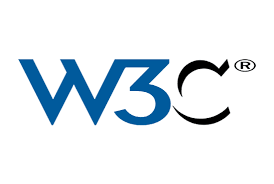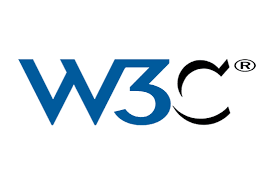Guidelines on Security and Privacy in Public Cloud Computing
Cloud computing can and does mean different things to different people. The common characteristics most interpretations share are on-demand scalability of highly available and reliable pooled computing resources, secure access to metered services from nearly anywhere, and displacement of data and services from inside to outside the organization. While aspects of these characteristics have been realized to a certain extent, cloud computing remains a work in progress.
The purpose of this document is to provide an overview of public cloud computing and the security and privacy challenges involved. The document discusses the threats, technology risks, and safeguards for public cloud environments, and provides the insight needed to make informed information technology decisions on their treatment. The document does not prescribe or recommend any specific cloud computing service, service arrangement, service agreement, service provider, or deployment model. Each organization must perform its own analysis of its needs, and assess, select, engage, and oversee the public cloud services that can best fulfill those needs.











